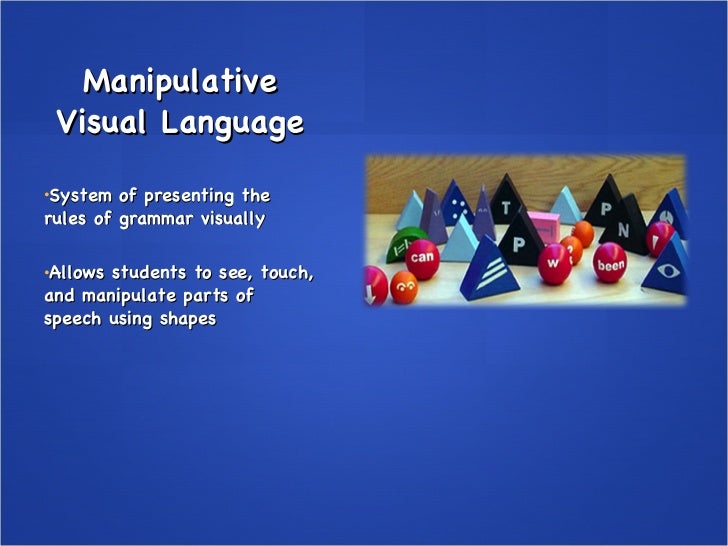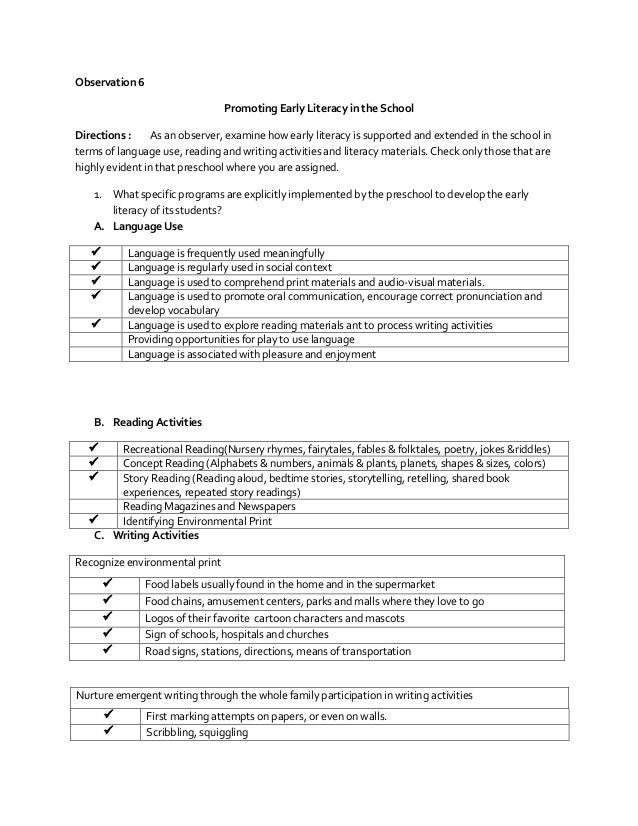Manipulative Visual Language Program
Posted By admin On 06.10.19What does Undefined MVL stand for? Hop on to get the meaning of MVL. The Undefined Acronym /Abbreviation/Slang MVL means Manipulative Visual Language.
We had a phenomenal #langchat this past Thursday with lots of resources and some great debate. Our topic of the night was what visuals or manipulatives in class really get kids involved in learning. Thank you to all our participants, and a special thank you to our moderators of the night, Erica Fischer (@CalicoTeach) and Sara-Elizabeth Cottrell (@SECottrell).
Uses for Visuals and Manipulatives We use visuals and manipulatives in class to provide opportunities to diversify students’ learning and expose them to the target language in new and entertaining ways. Visuals cause the language to come alive for students by attaching a sense, touch and feel to vocabulary. For our discussion purposes, we considered manipulatives to be anything that students can hold, touch, feel and use for communicative purposes. Manipulatives can aid students, especially shy students, by giving them something concrete to talk about or work with (@HJGiffin). They also aid the teacher to stay in the target language more often since students have something in their hands or something to see to connect the new language with the known visual. Setting the Tone Several participants stressed the importance of using certain visuals to create a comfortable atmosphere in class that encourages students to speak more in the target language. For example, @HJGiffin keeps many stuffed animals and blankets around her classroom to ensure students feel relaxed and comfortable.
This isn’t just for young kids, either — her 11th-grade boys are really into the pillow pets. Some participants mentioned difficulty preventing younger kids from touching and fighting over the animals, and @jklopp solved this by hanging them from the ceiling. Several participants use word walls with commonly used verbs or some new vocabulary. When students are caught on a word, they’re often able to glance at the wall to help them along.
@SraHildinger uses class agendas as a fun visual in class. She only uses the target language and authentic images in the agenda. Activities Participants shared many great ideas for activities to do in class using visuals and other resources. We collected their suggestions below. @HJGiffin uses personal photographs as conversation starters, then she sends students out with cameras. Afterward, students discuss their own pictures. Many participants like to do activities with class whiteboards, such as Pictionary, build a story, draw vocabulary to prove comprehension, and conjugation practice.
Some teachers also like to use personal-sized whiteboards for solo or group work. @SraHildinger also uses a felt board in class for students to manipulate when creating a story, or she can add materials to the board and let students write a story to describe the scene. @SraHildinger posted many QR codes throughout the school to practice directions in the target language. She uses to print the QR codes. @sylviaduckworth uses puppets to act out scenes and to create stories. Lots of participants use other prompts for their stories to aid student comprehension and make the story more engaging. @mrsshaw keeps a random box of ridiculous clothing and other prompts for students to use during their stories.
@SraSpanglish has a large box of random hats bought from Goodwill. Several participants use puppets of all sizes to let kids speak with each other.
@klafrench prefers “concept” cards to flashcards. Concept cards have the image of the vocabulary word on one side with the text on the other.
@sylviaduckworth shared the game as a possible fun and visual way for students to create stories or conversations. @robinroja gives students a map and a Hot Wheels car to practice directions.
One student gives directions and the other follows using the car. Several participants mentioned using a lot of what @klafrench calls “Draw and Talk” activities, where students draw an item and then must explain it. For example, @jas347 wrapped up a discussion on the Cote d’Ivoire by asking students to draw or create an item they will take there, then explain why. To finish the activity, she had a real suitcase and students had to put their items inside. @YasmineAllen uses a show-and-tell box in the last five minutes of class; students must describe an item. Several other participants mentioned having students bring items for show and tell, and that this activity is great for engaging students and practicing adjectives.
@klafrench does a “concept attainment” activity where students group items together and then discuss the commonality together. For cooking units, @SraSpanglish likes to bring baggies of ingredients to class. In partners, one kid is blindfolded and must guess the ingredient. @mrsshaw writes verbs or questions on a beach ball and lets students toss to classmates after creating a sentence or answering a question. Students enjoy throwing things, so this activity is always popular.
Practicing prepositions is a lot more enjoyable with visuals than through the textbook. Use a fun prompt such as a toy hamburger and ask students to place it in different locations (or on different students). For clothing, @mweelin uses multicultural Barbie dolls in pairs. With a large enough screen, can allow you to create personalized visuals for your class needs.
@SraSpanglish uses this tool to create and display weather maps for weather units. Students can be the ultimate manipulative! @jklopp uses teams of kids to spell out target-language words. Or she calls out a famous painting or scene and students rush to reenact it. @mweelin likes to cut up written sentences and allow students to put them back into order as writing practice, but a break from writing. @RonieWebster has a baggie of cut-up letters and lets students create sentences in teams.

@SrtaLisa uses alphabet pasta. @mweelin uses modeling clay as a fun manipulative for all ages. Kids have to model the vocabulary word or spelling. Similarly, @SraHildinger lets students practice spelling with shaving cream when the desks start getting dirty. Authentic Visuals Many visuals and manipulatives can easily be culturally authentic. When possible, this should be done to increase students’ appreciation and ties to the target language and culture.
For more information about authentic materials in the classroom, check out the past #langchat summaries and. Videos are popular visuals to use, and they can be easily made to be culturally authentic. They are great engaging tools for students, and participants use them to support their teaching, to inspire conversation and just to practice listening and comprehension. Several participants mentioned using short films by Pixar for creative activities such as conversations or writing a script, as these films have lots of interesting actions but little dialogue. Bean is good for these activities as well. @AudreyMisiano uses videos of her lower-level classes to refresh her older students’ memories.
This student-to-student visual really grabs kids’ attentions. Music videos can be fascinating visual aids. As the images in a music video are not always readily correlated with the lyrics, using videos to discuss the story and lyrics is a fun activity to engage in.

Photo prompts are also popular visuals with students, and you can use them to create stories, inspire conversation, practice vocabulary and many other activities. Use authentic images for the best effect.
Several participants use screenshots from movies, TV shows or music videos. @mrsshaw puts pictures on students’ desks and then has the class walk around and write about the pictures, like a gallery walk. @SECottrell uses Google Images as a “picture dictionary” instead of looking up unfamiliar words in a true dictionary.
Buy

Resources Participants shared a few resources for further exploration. The is a great example of using visuals and manipulatives in class. @sylviaduckworth shared.
@AudreyMisiano shared. @alenord enjoys an activity called, and she shared a short write-up on the activity. She also shared a write-up on an activity called that teaches a lot of vocabulary very quickly.
@mrsshaw shared. @sylviaduckworth shared a, and @SECottrell shared another.
Once again, a big thank you to all our participants for sharing such a fantastic list of ideas and activities for using manipulatives and visuals in the classroom! We’re sure that with such generosity, you’ll surely find something you can use above. If you’d like to read the entire Twitter chat, please. And be sure to join us next Thursday at 8 p.m. EST for our next discussion!
If you’d like to suggest a topic for a future #langchat, please go to our. #LangChat is an independent group of world-language education professionals who come together every week via Twitter to share ideas and discuss pressing issues in the world of education. Check out the #LangChat wiki for more information about our goals and the team behind it all. These weekly discussion summaries are sponsored by Calico Spanish as a service to the world-language community.